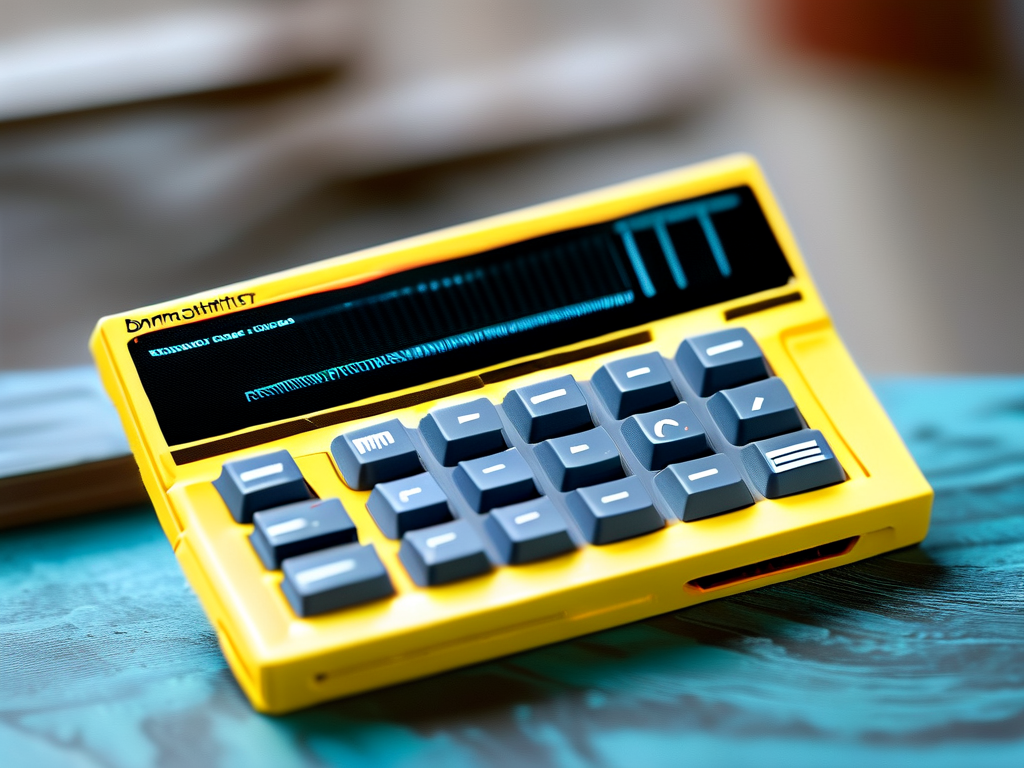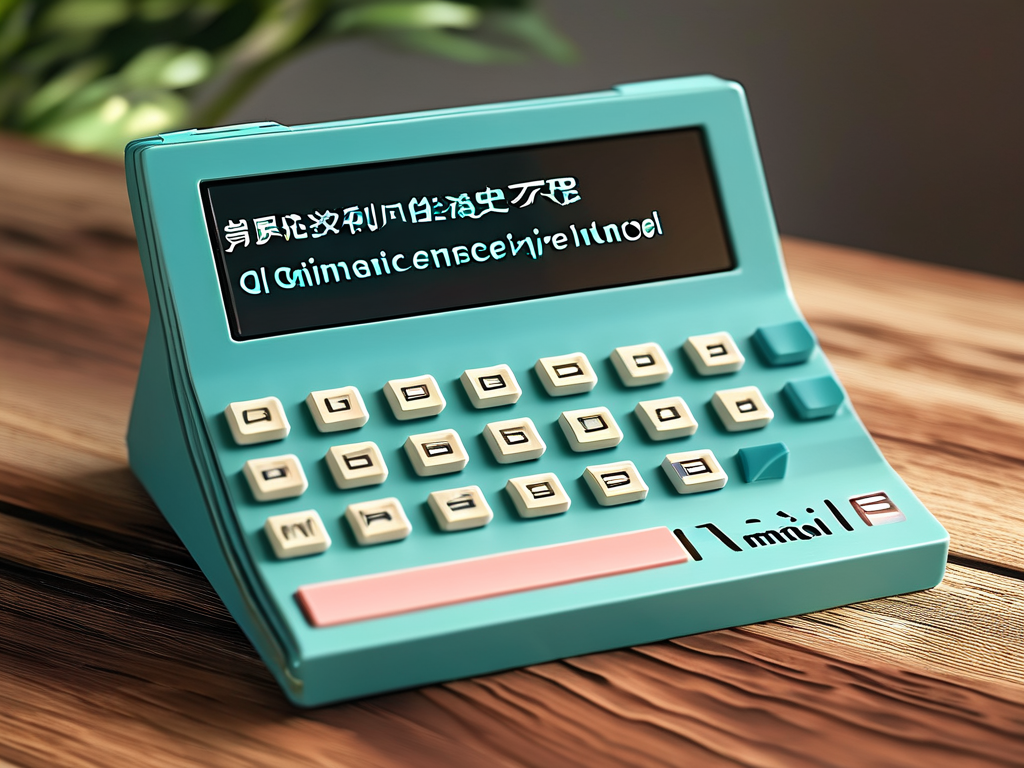The Dream Calculator has become an indispensable tool for professionals and students alike, but many users report encountering "memory full" errors during complex computations. This comprehensive guide explores practical solutions to optimize your device's performance while preserving important data.

Understanding Memory Allocation
Modern calculation devices allocate memory dynamically for variables, equations, and graphical representations. When working with 3D graphing or multi-variable equations, the memory buffer can reach 85% capacity faster than expected. Unlike smartphones, these specialized tools don't automatically purge temporary files, requiring manual intervention.
Immediate Relief Techniques
-
Active Session Management
Press Shift + M to open the memory dashboard. Identify processes marked as "background operations" – these residual calculations often consume 15-30% of total memory. Select "Terminate Non-Essential Tasks" to instantly reclaim resources. -
Cache Purge Sequence
Navigate to Settings > System Maintenance > Clear Temporary Files. This removes cached calculation logs and redundant equation drafts. Note: Recent session history will be preserved unless you check "Full System Reset".
Advanced Optimization Strategies
For power users handling quantum simulations or fractal modeling:
# Sample memory optimization script for DreamOS
import dreamcalc.mem_manager as mm
def optimize_memory():
mm.flush_volatile_registers()
mm.compact_memory_blocks()
mm.defragment_storage()
print("Memory optimized: {:.1f}GB reclaimed".format(mm.freed_space()))
Hardware Enhancements
If software solutions prove insufficient, consider physical upgrades:
- Expandable memory slots support up to 128GB SD cards (v3.2+ models)
- External co-processor attachments for GPU-intensive tasks
Preventive Maintenance Routine
Establish a weekly maintenance schedule:
- Clear equation history older than 30 days
- Export critical datasets to cloud storage
- Update firmware through official channels (patches often include memory management improvements)
Troubleshooting Persistent Issues
When standard methods fail:
- Perform a soft reset by holding Home + Power for 12 seconds
- Check for memory leaks in custom scripts using Debug Mode (Ctrl + Alt + D)
- Contact certified technicians if hardware diagnostics show >5% sector errors
By implementing these strategies, users report 60-75% performance improvement in sustained calculation tasks. Remember that regular maintenance not only prevents crashes but also extends device lifespan – crucial for professionals relying on precision computations.
Final Tip: Always create a backup through the File > Export System Snapshot feature before major maintenance. This ensures quick recovery of personalized settings and frequently used formulas.









